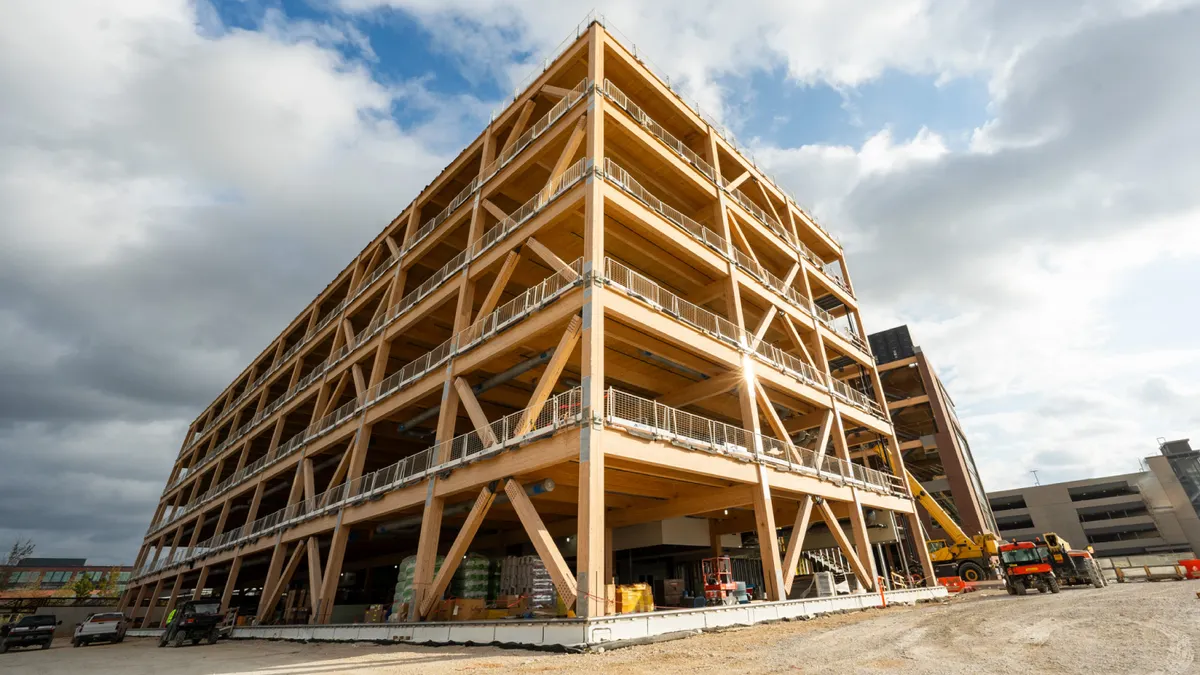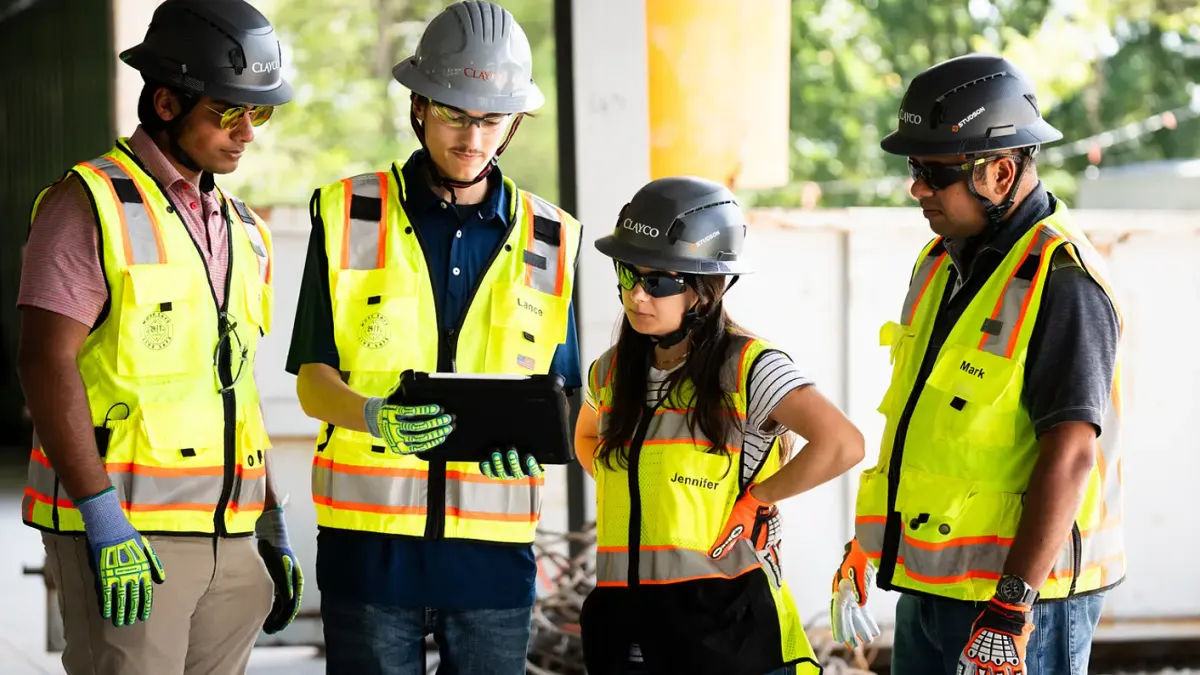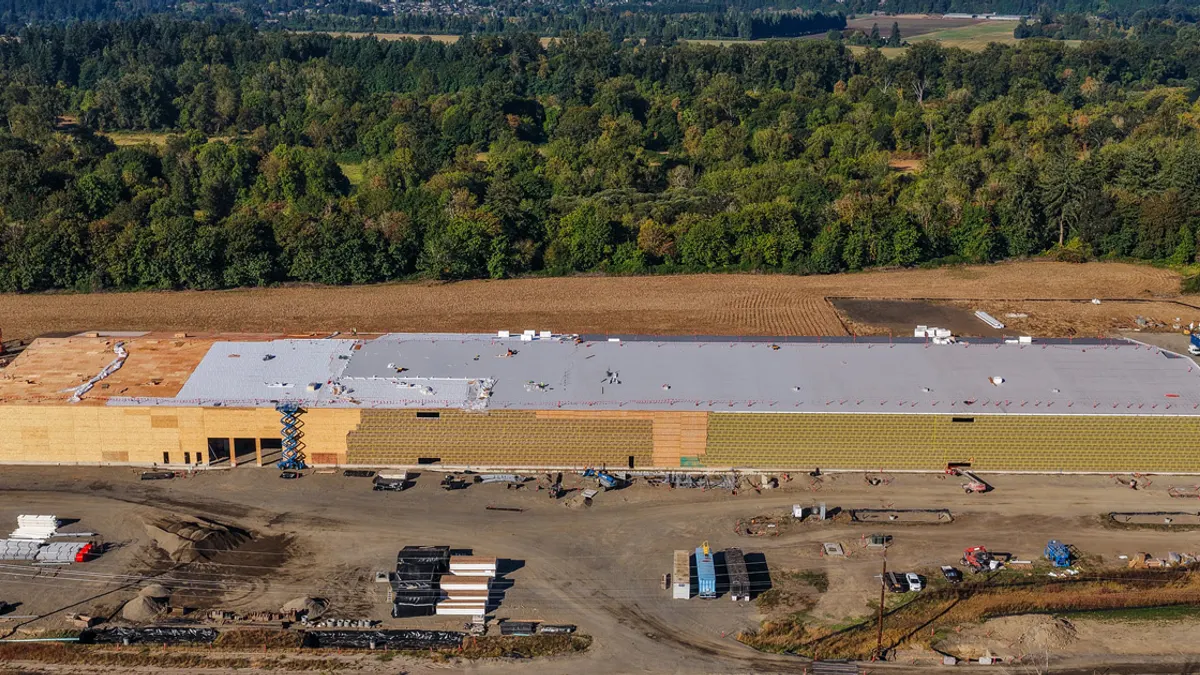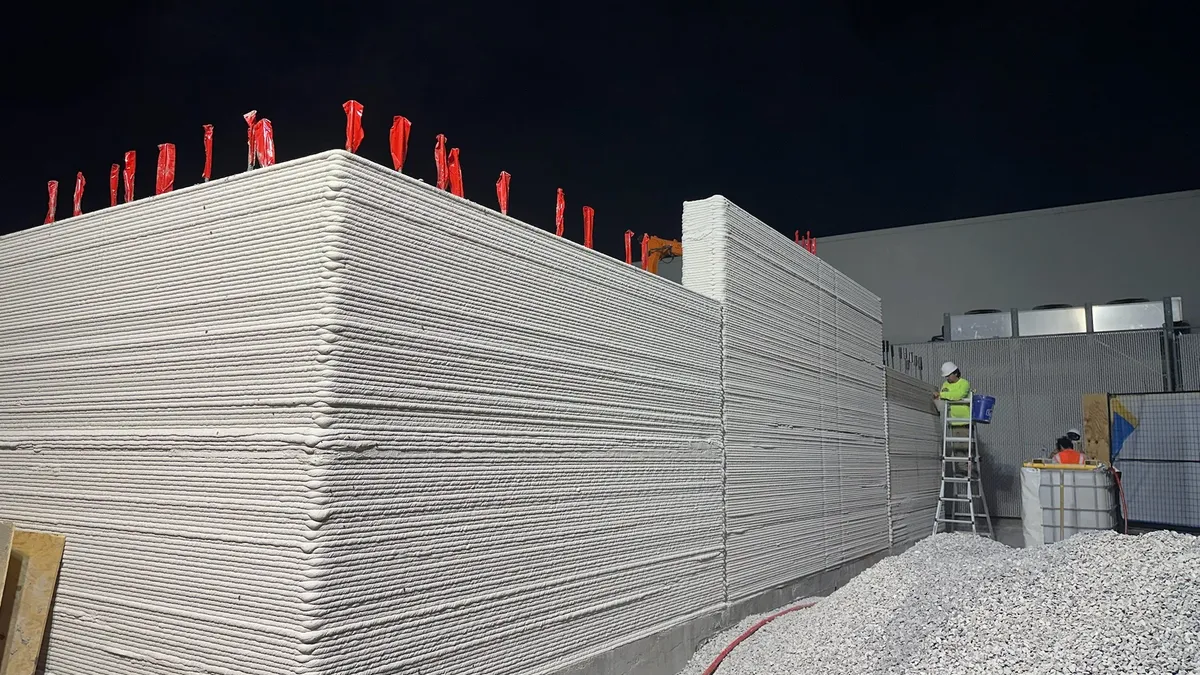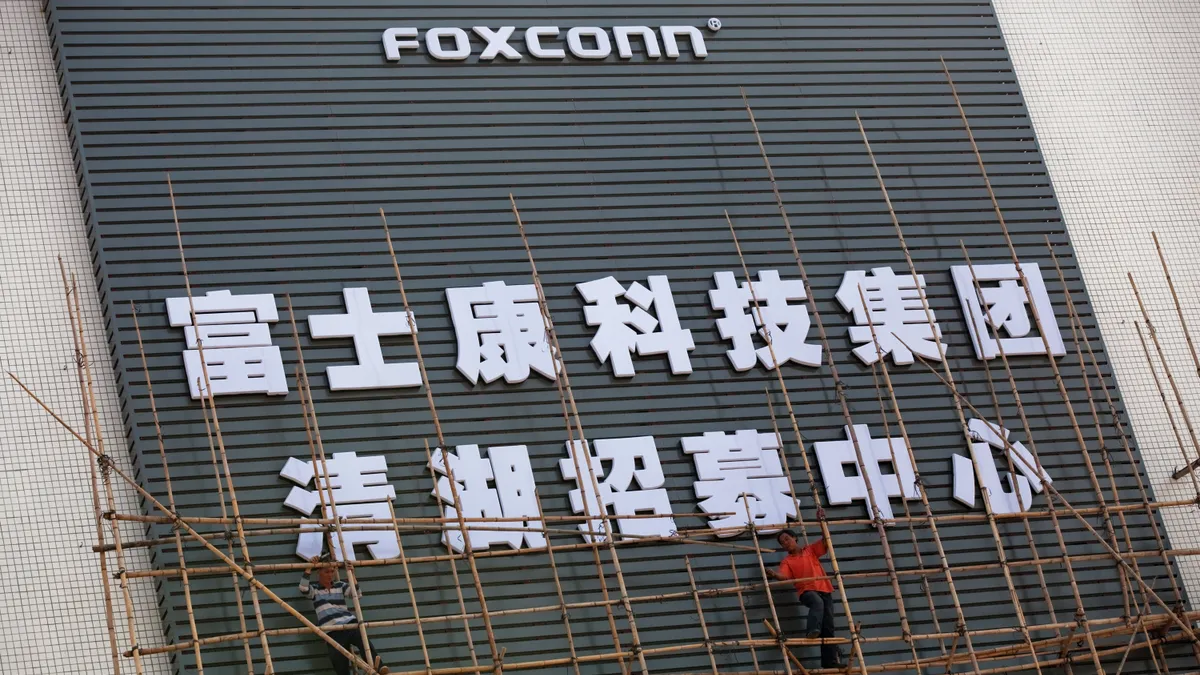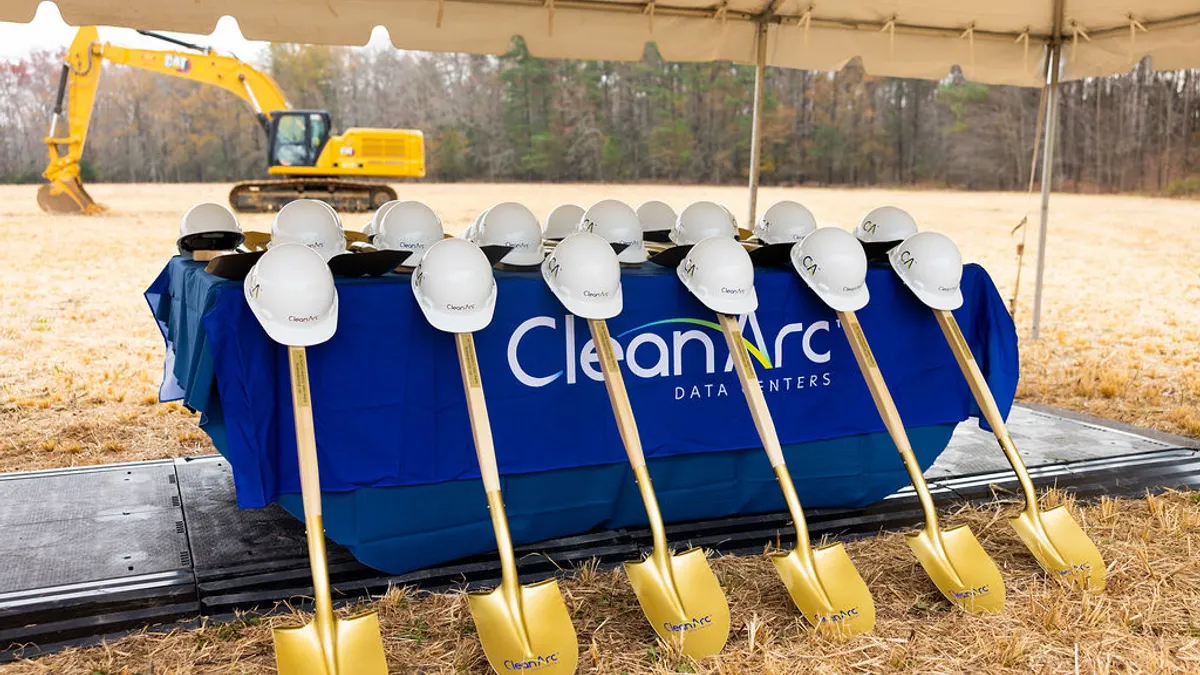Getting site work underway starts with having a ready crew — and that has been the chief concern for contractors in Florida and the Gulf Coast in the immediate aftermath of Hurricanes Harvey and Irma.
"It's kind of a dichotomy," said Ben Johanneman, vice president of operations for McCarthy Building Companies' Houston office. "Although an individual company or business may not have been impacted, for a lot of the people who work there, their lives have been turned upside down."
The construction community in each area has had to pick itself back up while making essential repairs to control damage to buildings and other infrastructure. With the lengthy damage assessment and reconstruction processes only just begun, contractors anticipate plenty of work ahead. That's yielding bigger questions about material and labor availability in already-tight markets.
Construction Dive checked in with a few contractors and suppliers in the Gulf Coast and Florida to see how their operations have been impacted in the weeks since the storms.
Putting people first
While Harvey largely spared Houston's central business district when it made landfall as a Category 4 hurricane last month, many of the region's residential areas weren't as fortunate. That meant contractors' No. 1 priority was their teams. "Managers reached out, connected with our employees, and we got those who had been severely impacted safe and helped them find resources," said Dan Gilbane, who leads Gilbane's southwestern U.S. business unit.
Turner Construction's team in Houston used daily check-ins to ensure workers were safe and to determine whether they needed help. For Turner and other contractors, that help included food, water, supplies and other assistance to get team members back on their feet so the company could begin rebuilding in earnest for their clients.
"Although an individual company or business may not have been impacted, for a lot of the people who work there, their lives have been turned upside down."

Ben Johanneman
Vice president of operations, McCarthy Building Cos.
"In a situation like [Houston's], there just aren't enough resources from a public agency standpoint to support [everyone]," said Jim Brownrigg, vice president and general manager of Turner's Houston operations. "You need to be prepared as a private company to take care of your employees and their families."
Storm prep for Miami-based contractor Coastal Construction included making sure employees protect their own property to mitigate damage and ensure they would be available as soon as possible after the storm to assist clients.
Contractors in Houston reported that most job sites were back on schedule by the end of the week following the storm. "That was all driven by individuals' personal situations," Gilbane said.
Assessing client needs
Across the board, contractors in Houston and Florida said their job sites weren't as badly affected as they had expected. "We [in Miami] were spared the brunt of the storm without a doubt," said Dan Whiteman, Coastal's vice chairman. The day after Irma hit, 90% of Coastal's employees were without power. That was down to 50% a day later and 20% by the end of the first week.
Immediately after the storm, contractors fielded client requests for remediation help, such as tearing out wet drywall, patching roofs and removing debris to prevent further damage. The contractors we spoke with gave specific examples: Gilbane said his team pumped 500 million gallons of water out of downtown Houston properties in the first week; McCarthy brought in temperature and humidity controls to help preserve artwork in a museum whose basement flooded, and the company got critical-response clients like hospital clinics up and running as soon as possible; and Coastal noted leaks around windows due to Irma's high winds and driving rain.
All that is yielding more extensive rebuilding work, which contractors expect to keep them busy in the coming months. Still, the extent of that workload is yet to be determined as insurance claims process and funding becomes available.
Material availability
Big-box retailers like Home Depot and Lowe's were able to meet demand for initial repair products before and after the storm, Supply Chain Dive reported. That's in part because building activity has slowed in the northern U.S. as summer winds down, giving the supply chain some slack to accommodate higher demand for basic building materials farther south.
Plywood, drywall, PVC, roofing and other materials for initial fixes have been in need in the immediate aftermath of the storms, said National Association of Home Builders' Chief Economist Rob Dietz. Local material suppliers echo those claims.
MJ Toops, a digital marketing communications specialist at Texas-based materials dealer McCoy's Building Supply, said the company's 12 Houston-area locations saw strong demand for plywood, window clips, generators, sand bags and bottled water leading up to the storm. Since then, customers are purchasing drywall, insulation and roofing products heavily, as well as cleaning supplies. She said the scale of Harvey stressed their inventory, with lead times doubling for drywall, insulation and shingles.
The extent to which material prices will be affected has yet to be determined. "Historically, pricing has been affected more over the short term," 84 Lumber Government Sales Manager Adam Eckley said. "[In previous storms], it's been a four- to five-week initial cycle and then up to a year in the areas that are the hardest-hit."
The current supply of materials critical to the recovery effort should be sufficient because U.S. material producers have already been scaling up to meet the needs of increased homebuilding activity, said Ken Simonson, chief economist for the Associated General Contractors of America.
That the storms occurred back-to-back in a single quadrant of the country has some contractors concerned about long-term material availability. Where that tightness could be felt is around the availability of larger products like curtainwalls and HVAC equipment due to high demand resulting from the storm and relatively few producers, Simonson said.
"I wasn't so worried about it due to Harvey because it seemed like we were able to get enough drywall and other materials," McCarthy's Johanneman said. "But now that Irma has moved through Florida, it seems to have created a concern. We'll have to see. Is that too much for the market to bear?"
Tight labor raises big questions
Labor was scarce in both markets heading into the storm and the rebuilding efforts will no doubt require additional manpower. That could play out very differently in each market.
The Houston metro area could need as many as 20,000 construction workers to handle the volume of repair and reconstruction work — largely in the residential sector — expected to take place, Dietz said. Workers could come from other markets to the affected areas to help meet that demand. "There's not a lot of slack to draw from, but it could happen, particularly in the short run," he said.
Strong activity in other Texas metros before the storm saw some labor pulled out of Houston.
"The question is going to be: As this demand picks back up, does that labor come back to Houston or [will there be] a shortage?" Brownrigg said. He has yet to hear his subs say they can't service a job, but the Houston construction industry is still only in the restoration planning phase.
"There's a bit of a crystal ball [perspective] here saying that six weeks from now, yes there are going to be some challenges," Brownrigg said. Tight spots where labor is concerned could include specialty contractors for drywall and interior finishes as well as service technicians and installers for repairing or restarting equipment.
The situation in Florida is not as far along as in Houston. Whiteman expects an uptick in local labor after the storm, with workers from outside the state migrating to Florida to help with the recovery effort as well as locals recruited into recovery-specific positions. It's likely, he said, that some of those folks will stick around.
Looking ahead
Funding is critical to recovery, and those details are only beginning to be worked out. Insurance assessments are underway in both markets, but that process is historically slow and contentious, and Florida has already reported a shortage of insurance assessors.
In the long-term, the Federal Emergency Management Agency and municipalities could look to redraw floodplain maps, especially in Houston. And in Miami, further investigation into construction crane collapses during the storm are likely.
The affected regions are unlikely to experience permanent population loss, Dietz said. However, understanding the storms' impact is about more than just fixing or replacing what's been lost, according to Simonson.
"People tend to forget that there's a lot that gets deleted," he said. "That some renter who was going to buy a new home may not be in a position to do that. That a business that was ready to open a second location may be out of business or focus on rebuilding what they had. The rebuilding you hear about is not all net additions to the construction activity in the region. Nationally, we see a very minimal and stretched out effect on total construction."




